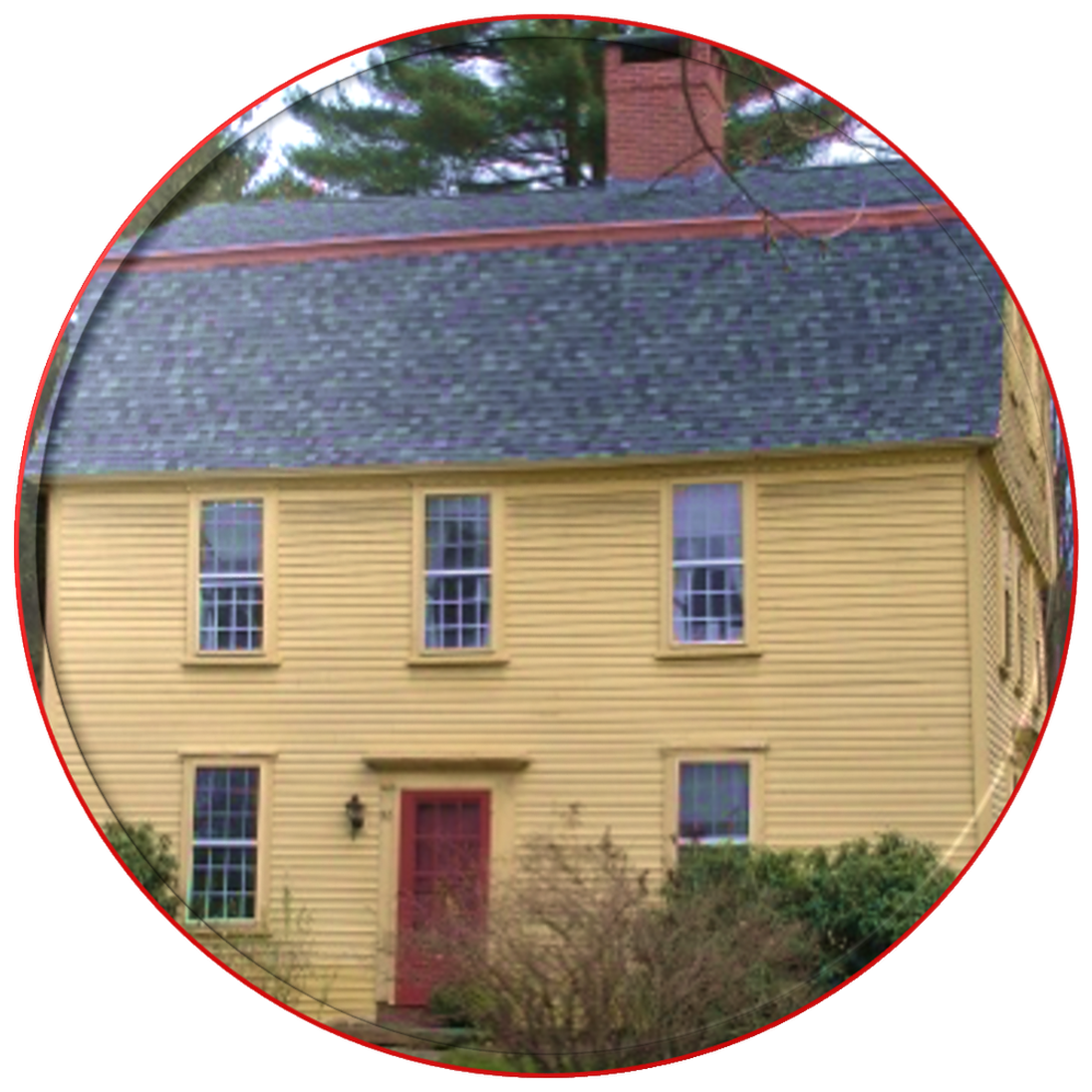Good News and Bad News
Jeffrey A. Nims December 2016
Finding Godfrey Chapter 2
Professional genealogists at Ancestry completed their search just in time for the reunion in Richmond. Unfortunately, the mystery has not been solved. The good news is that we have some new clues that could put us closer to finding the origin of Godfrey Nims.
Thanks to the many generous donations from our membership, we had funding to engage Ancestry in mid-May, having raised $3,341 of the $3,500 fee. Ancestry employed researcher Gordon Remington, an expert on Massachusetts who made a progress report in mid-August. A Northampton petition against imposts dated February 4, 1668/69 included the signature “Godfree Nims.” Because Godfrey needed to be 21 when he signed it, the researcher concluded that his birth date would have been no later than 1648. That means Godfrey was born 6 years earlier than many of us thought and that he was 20 when he caught stealing with Stebbins and Bennett. This was the first of two major findings from Ancestry’s research.
Unfortunately, the researcher went on to report the following conclusions which I believe are false: 1) the signatures are all in the writing of the signers, 2) nearly everybody could write their own names, and 3) they included “Godfree Nimes.” Upon examining the petition, I spotted a capital “J” that looked identical to several others. I also noticed that Godfrey’s name had no capitals and the “e” looked like an epsilon. Before long, I had found a dozen signatures that had those same characteristics. Some also had an identical “g” and “d.” (See excerpt from the petition below.)
I believe all those signatures were written in the same hand. Therefore, the spelling of Godfree Nims or Nimes is not significant. Many of the other names were spelled incorrectly. One must also question the conclusion that Godfrey was 21 when someone signed his name to the petition. Many American soldiers lied about their age so they could serve before they were eligible. Godfrey may have lied or may not have known his birth date.
The researcher’s second major conclusion was that Godfrey may have been in Connecticut before he arrived in Northampton because of his association with Stebbins and Lyman families. John Lyman was a Northampton cordwainer. Could Godfrey have been his apprentice? Both families were researched and evidence presented to show that the Lyman family was in Connecticut, however, the researcher did not produce evidence for the Stebbins family. My research indicates that Rowland Stebbins first settled in Roxbury and then followed his friend William Pynchon to Springfield before settling in Northampton.
A thorough search of Connecticut state records did not yield Godfrey’s name but the Ancestry report provides several suggestions for further research: 1) town records for Windsor, Hartford and Branford, and 2) a Y-DNA test which might make a connection to a French descendant.
When I proposed hiring Ancestry to see if their genealogists could discover Godfrey’s origin, I didn’t expect them to solve a mystery that has persisted for three centuries. I did hope they might turn up something significant that would get us closer to our goal. Although the results are disappointing, the discovery of the 1669 petition is significant. Godfrey’s birth may have been much earlier than some of us thought and my own research will take that into account.
Next Chapter: Chapter 3 - Possible Origins
